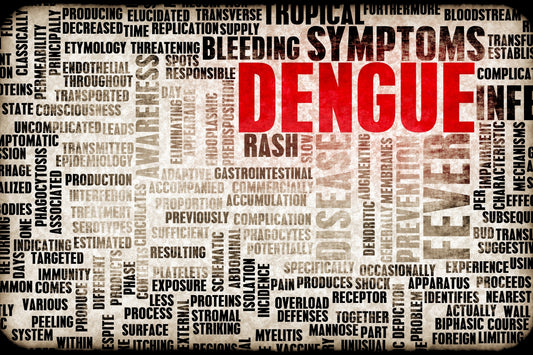A comprehensive study conducted across 20 countries, involving over 50,000 adults, has revealed that a significant 42% of patients dealing with skin diseases suffer from sleep disturbances. This research was presented at the European Academy of Dermatology and Venereology (EADV) Congress in 2023, held in Berlin, Germany, shedding light on the broader implications of these sleep disruptions for those affected.
The study found that nearly half, specifically 49%, of individuals with skin diseases reported reduced productivity at work, a stark contrast to the mere 19% of participants without skin conditions.
The primary symptom affecting the sleep of patients with skin diseases was itching, impacting 60% of this population. Additionally, burning sensations or tingling (17%) also contributed to disrupting their sleep patterns.
This research highlighted that patients with skin diseases were more likely to experience various sleep-related issues compared to those without such conditions. These issues included a higher likelihood of feeling fatigued upon waking up (81% compared to 64% in the non-skin disease population), experiencing daytime drowsiness (83% compared to 71%), tingling sensations in the eyes (58% compared to 42%), and frequent yawning (72% compared to 58%).
Dr. Charles Taieb, the lead author and head of the EMMA Clinic in Paris, France, emphasized the significance of these findings, stating that this study is the first to uncover the profound impact of sleep disturbances on the physical well-being of patients with skin diseases. He further stressed the critical need for early detection and effective management of these sleep disruptions.
Dr. Bruno Halioua, a dermatologist practicing in Paris, urged healthcare providers to include inquiries about sleep disturbances in their examinations of patients with skin conditions. This approach would offer a more comprehensive understanding of the consequences of skin diseases and pave the way for improved patient care in this regard.


